Achromatic focus precision on ALPA technical cameras
The standard distance markings on a Rodenstock or Schneider helicoil aren’t useful enough to set focus by unless your subject happens to be at infinity or at an even 5 meters away
The ALPA HPF ring allows the use of a laser rangefinder to determine distance to subject and then accurate focus to that point, not having to engage Live View on the digital back to achieve perfect focus. This is especially useful for achromatic photography as the density of the IR filters and the resulting visible light loss can make Live View focusing more difficult.
Every digital back is minutely different from another as for the exact location of the sensor plane and in order for the precision markings on ALPA HPF focus rings to be accurate, every back adapter plate for ALPA cameras needs to be tuned specifically for that digital back and adapter combination.
The process of tuning is pretty simple, although the test parameters must be set to millimeter distance standards from the front of the camera to the center of the target in order to know the correct shims to install or remove from the adapter plate, down to 1/100th of a millimeter.
Any ALPA camera body can be used for the calibration, but a specific lens and target are employed.
Camera is level, aligned and at the prescribed distance:
Before & After. Left image shows I needed to remove .08mm from the shims installed, which meant removing the .2mm shim adding back in a .1mm along with a .02.
Achromatic digital backs add an extra component of need in that I had to add a 486 filter to my calibration rig, as you would normally need to when shooting non-IR daylight exposures. The UV/IR cut filter cuts photons from reaching the sensor that aren’t purely in the visible light spectrum that would otherwise activate the sensor with UV light on the bottom range of spectrum and IR light from the top of the spectrum, fogging the contrast.
This specific focus tuning will be relevant for visible light exposures only, as the focus plane will shift for infrared images shot with 695 filters and up. If desired, the digital back adapter could instead be tuned for infrared focus. If you have two adapters, one could be tuned for each so that no Live View focusing would be necessary when shooting daylight or infrared when using a laser rangefinder… nifty.
Discover more from Capture Integration
Subscribe to get the latest posts sent to your email.
